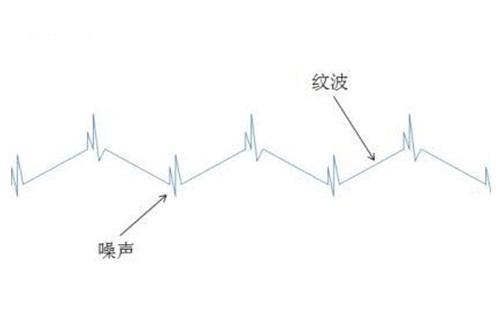

Noise contains many components, such as noise floor, electromagnetic coupling, resonance, and power supply noise. The noise mainly comes from the on-board electrical components, such as component drive, switching changes, voltage fluctuations caused by current changes and other noise. The power module noise refers to a kind of high-frequency pulse train generated by the switching power supply itself, which is caused by the sharp pulse generated when the switch is turned on and off, and the other is that the external interference enters the switching power supply through the radiation and the power line. The frequency of the noise is much higher than the switching frequency. The magnitude of the noise voltage is related to the topology of the switching power supply, the winding of the transformer, the parasitic parameters in the circuit, the external electromagnetic environment during testing, and the wiring design of the PCB.

Power ripple noise
Ripple and noise are hard to eliminate. The ideal type is a straight line, but at present it can only be managed to reduce it. This is because the power structure itself has already been decided. Generally, when testing modules, they do not deliberately separate them. The measurement is the combined interference of both ripple and noise, which is usually expressed by peak-to-peak value (VP-P).
Ripple noise is the main performance parameter of the power supply. It is currently measured by an oscilloscope, which can accurately measure the ripple and noise values. However, in actual measurement, how to choose the appropriate bandwidth, sampling rate, probe, oscilloscope coupling, grounding, etc. will affect the measurement results.
The oscilloscope can easily distinguish between power supply module ripple and noise. The ripple is generally the same as the switching frequency, and the noise frequency is higher.
Copyright © 2019 Shenzhen Runhaitong Technology Co., Ltd. 粤ICP备16015223号 Disclaimer Sitemap Technical Support:GRWY 百度统计,cnzz

 Advisory
Advisory
 0755-27905248
0755-27905248